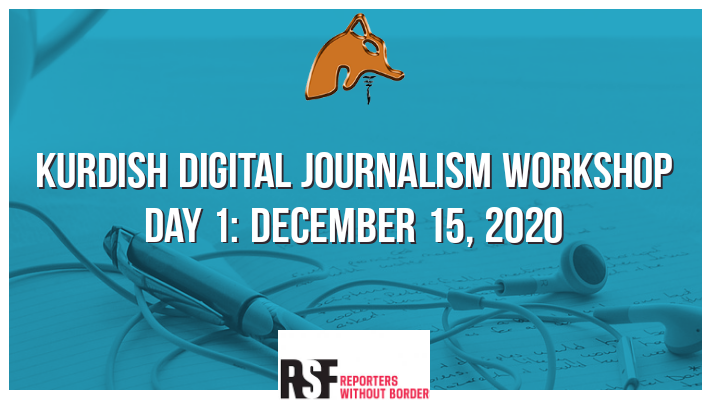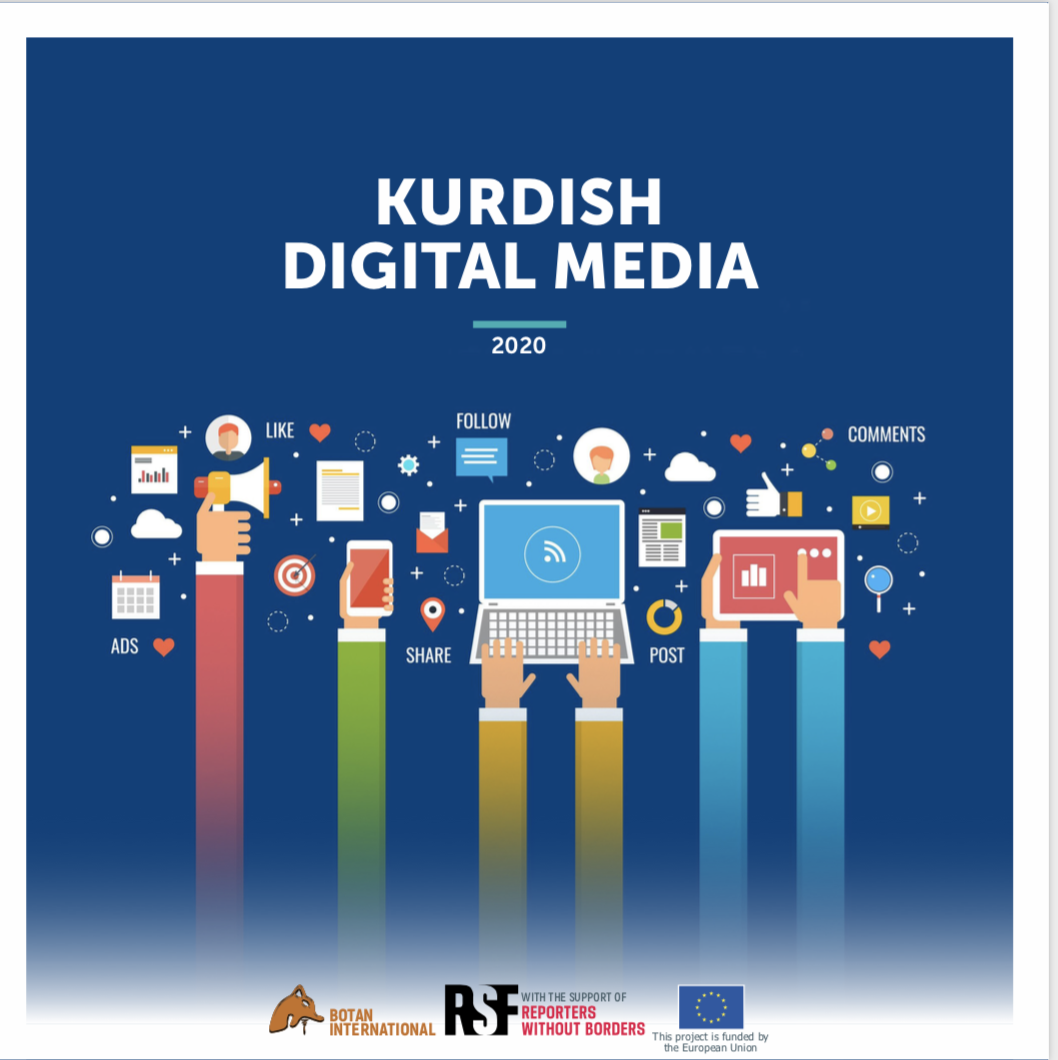
Lesson 1: Sertac Kayar, “The Elements of Photographs for Digital Media”
Is photography a technical profession? According to Sertac Kayar, a photographer for Reuters based in Diyarbakir, photography exists in a broader perspective, and limiting the profession to its technical attributes restricts the photographer to a narrow field of work. He argues that photography has become such an essential part of news reporting and news storytelling that it’s slowly starting to replace the need for excessive wordy news.
In a world flooded with easy-to-use cameras for even the most amateur of photographers, Sertac says it’s important to differentiate yourself from the influx of photos bombarding social media platforms. He says there must be enough compositional interest in your photo to draw an audience towards your news story.
In order to do this, he stressed the importance of knowing your environment even before arriving to take your photos. Being familiar with the street setting, the arrangement of buildings, and where to find good lighting are all essential in creating a piece worthy of attracting an international audience.
Not only does one have to shine above the mountains of photos coming out of every corner, but one must also be unique in creating images that distinguishes them from the herd of professional photographers during the breaking of a news story.
He paints a picture of a few years ago in Diyarbakir during an anti-government protest. Police had encircled a group of less than a hundred protestors in full riot gear. His colleagues were all huddled together and taking photos all from the same angle. He knew if he jumped into the herd he’d never capture an image unique to him. So he scanned the area and found a space with some steps that gave him some height. The result was a birds-eye view of the event that no other photographer on scene was able to capture. He successfully provided a unique perspective on an event that was soon going to flood news agencies.
“Wêne, nûçeyê dide xwendin”, roughly translates to a “photograph tells a news story,” according to Sertac Kayar. At times, he says, a photo is enough to produce an entire news story. This is because every photograph has a story to tell, and it’s the responsibility of the photographer to tell the story on a world stage.
Photographs are one of the most effective ways to tell a story and express emotions. Sertac suggested that this is because photographs tell the story as it is without changing it.
It was 2016, and the armoured tanks of the Turkish army roamed the streets of the town of Sur in Diyarbakir. The majority of this quaint town was destroyed. Sertac was preached on a street looking directly at the destruction fenced off to the residents. He knew the area, so he was ready for the shot, he just needed the right subject at the right time with just the right amount of light.
He says he had the picture already taken in his mind’s eye, he was just waiting for a child, or a woman, or an elderly man to enter the frame to complete the image. In walks an older woman who hoists herself up onto the concrete step of the sidewalk and peers over the fence at the destruction of what may have been her former home or neighbourhood.
Lastly, Sertac made it clear that as members of the press there always exists restrictions and barriers that obstruct the normal work flow of photographers. He emphasized the need for photographers to be quick-witted and strong problem solvers.
More often than not, the restrictions are legal ones and photographers have to prepare themselves for the consequences of chasing the perfect shot. His example comes again from Diyarbakir. It was International Women’s Day, a member of parliament was out in the street, a bouquet of flowers tucked against her chest and forearm and a smile on her face, she was handing them out to the women she came across. To her right were heavily armed members of the police force, this time where she had flowers tucked, they had heavy weaponry and sour expressions.
Sertac faced a lot of legal repercussions from this image, going in and out of courtrooms for two years. Even though the difficulties of the profession, it’s important to remain optimistic and continue to capture stories through images to tell the world.
Lesson 2: Murat Bayram, “International Literary Journalism: Standards and Ethics”
There have been very few studies conducted on Literary Journalism, but there is a gradual global interest growing for more information on the topic. A prominent study conducted by Doug Underwood of the University of Washington in 2008 entitled, “Journalism and the Novel,” takes a closer look at the discipline of reporting news through storytelling.
This was one of many titles that were discussed by Murat Bayram, author of “Belkî îşev binive”. Murat underscored the detriment of ‘statistical news reporting’ by Kurdish journalists towards their reach of a global audience. “If Kurds continue with ‘news reporting’ and statistics we will not reach an international audience,” says Murat.
Statistics do not invoke human emotion and listeners and readers become passive towards that information. A narrative approach is much more effective in not only capturing the attention of the reader, but it is also much more effective in reaching a wider – possibly global – audience.
The objective of literary journalism is to tell the story of an event or human subject using clear, straightforward language. In traditional storytelling, the use of elaborate and creative language is encouraged. However, with literary journalism, the more simplistic and uncomplicated the language – the better.
Murat outlined three ways to produce a literary news story. He opens with “The New Odyssey,” by Patrick Kingsley. In this journalistic novel, Patrick embarks on a journey through the illegal passage way from Syria to Europe. Here, Murat says, the reporter presents narrative journalism through personal experience, detailing their own eye-witness account of the voyage.
Murat then transitions to, “The Unwomanly Face of War: An Oral History of Women in World War II,” by Svetlana Alexievich. In this example of literary journalism it does not present the writer’s account of the events, instead it tells the story of the eye-witness accounts of more than 200 women who were child soldiers under the rule of the Soviet Union.
Lastly, both “Belkî îşev binive,” by Murat Bayram, and “The Wrong Enemy,” by Carlotta Gall both demonstrate the third way to produce narrative journalism – with both eye-witness accounts from others and their own personal experiences.
Literary journalism would not be as popular without its signature style of writing. Murat says that every successful writer needs to capture the attention of their reader immediately with a hook or you lose them for good. The greatest importance for the writer is telling a human story, “there should be human thoughts and emotions in the writing; the journalist needs to express their humanity,” says Murat.
As important as the hook is to capturing the reader, so too is the research and ‘fact-checking’ of the substance of the story to keep the reader engaged. Without trustworthy eye-witness accounts and expert testimonials, the entire story has the potential to fall flat.
Everyone has a bias whether we would like to admit it or not, and so it’s important for reporters to remain just and fair regardless of their bias, says Murat.
Of all the things that express the essential features of literary journalism, nothing is as essential for the journalist to preserve more than the rights and privacy of their subjects and witnesses.
Murat lists four things that any journalist must abide by when it come to eye-witness and testimonials: first, set parameters for privacy – whether through voice-changing technology or pixelating imagery; second, protect the right of your witnesses; third, never put yourself or others in unnecessary danger; and lastly, always side with and protect the rights of the underprivileged when faced against a stronger adversary.
Never forget – literary journalism is the work of a person, regardless of who they are, it will not be void of human emotion and bias.
Written by Defne Mercan Hocaoglu and Veen Sulaivany
Edited by Murat Bayram

